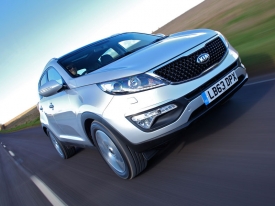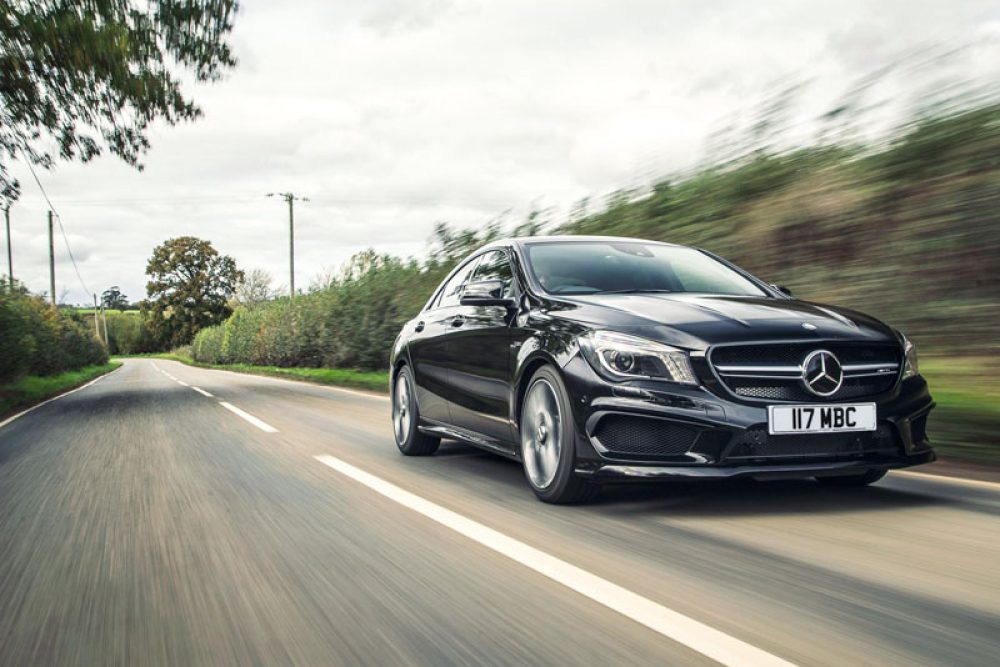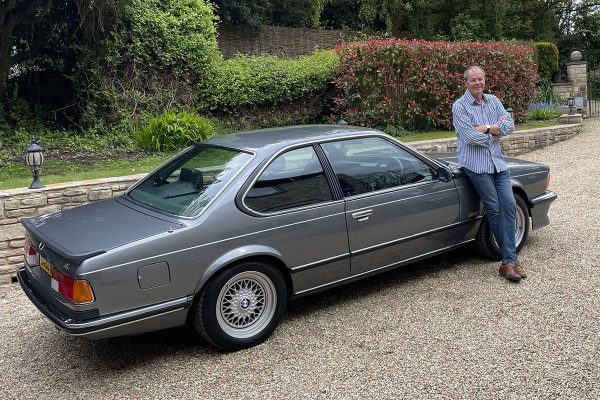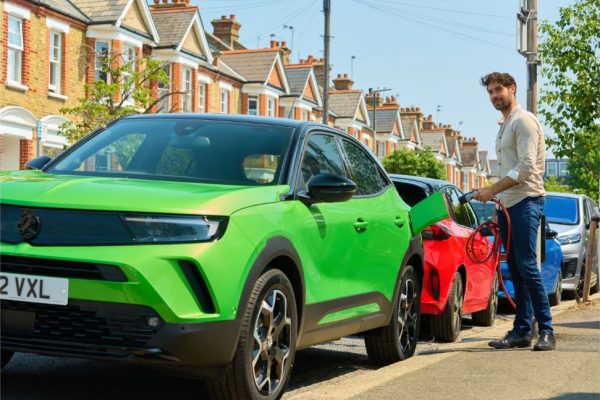Mercedes-Benz Cars and Mercedes-Benz UK statement
“The NEDC has been clearly defined and introduced by the legislators in 1996 to enable a reproducible and comparable result for all cars, independent of factors that have a big influence on the real life efficiency of a car, such as temperatures, individual driving styles, topography, load, etc.
“That’s why the fuel consumption in real life may differ from the certified values. The whole NEDC process of measuring emissions and fuel consumption of each car is closely monitored by the authorities.
“Independent of these NEDC parameters, the real-life efficiency of our vehicles has a top priority in our development and design process. That’s why we invest heavily in all measures that increase the efficiency and reduce fuel consumption. Even in measures that don’t have a big influence on the NEDC values but that enable our customers significant lower fuel consumptions.”

In the meantime, T&E estimates the current gap represents an average additional annual fuel cost of £392 per new vehicle.
Mercedes-Benz is claimed to be the worst offender, with fuel economy ratings about 37% higher than real-world performance, according to the report.
BMW and Ford follow with gaps of about 33% says the report.

T&E found no companies whose fuel economy rating was less than real-world results.
T&E claim the New European Driving Cycle (NEDC) test used to assess economy is now “obsolete” and that the gap between claims and reality is growing as manufacturers become more skilled at manipulating the test procedure to gain the best result.
It says carmakers “produce specially prepared prototype vehicles for the test and pay testing services that help to optimise the results. Modern engine management systems are even able to detect when a test is being carried out to deliver better fuel-efficiency results – a technique known as ‘cycle beating’ that was first used to cheat tests for air pollution”.
T&E says the widening gap means that half the gains in official fuel efficiency rating since 2008 are “hot air.”
SMMT, the UK’s representative of the motor industry, said it had no-one available for comment at the time of going to press.
Cheating the car economy figures
According to the Mind the Gap! report, among the techniques used to improve official car economy figures are:
- taping over cracks around doors and grilles;
- overinflating the tyres;
- adjusting the wheel alignment and brakes;
- using special super-lubricants;
- minimising the weight of the vehicle;
- testing at altitude, at unrealistically high temperatures and on super-slick test tracks.







